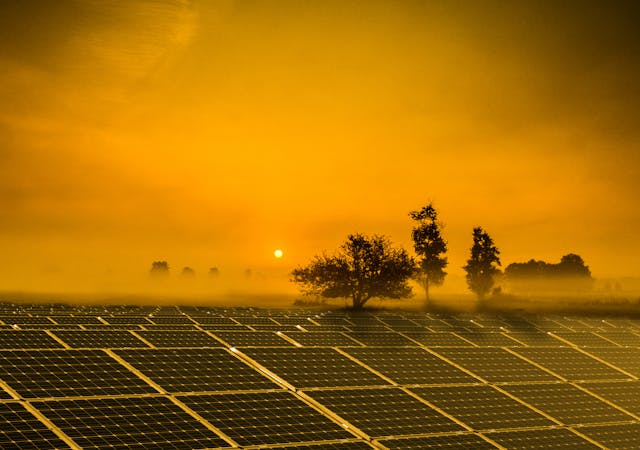Carbon neutrality, sustainability and meeting energy demands are key issues that Malaysia has to address in its sustainability journey. Huawei Digital Power weighs in on the energy trilema.
Lenovo Launches the Yoga Slim 9i– Carbon Neutrality is Really a Thing
Lenovo launches the Yoga Slim 9i laptop. The new flagship is the first laptop in the world to receive Carbon Neutral Certification.




